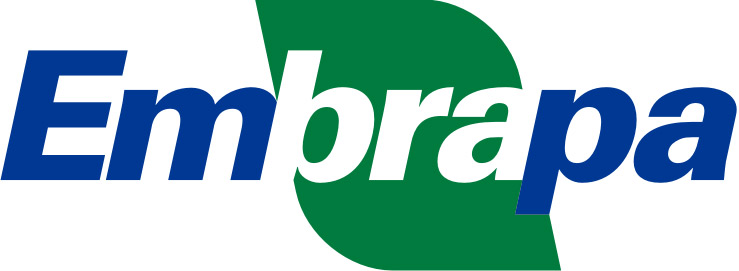Please use this identifier to cite or link to this item:
http://www.alice.cnptia.embrapa.br/alice/handle/doc/1136549| Title: | Elevated temperature-humidity index induces physiological, blood and milk alterations in Holstein cows in a more pronounced manner than in ½ and ¾ Holstein × Gir. |
| Authors: | STUMPF, M. T.  KOLLING, G. J.   FISCHER, V.   DALTRO, D. dos S.   ALFONZO, E. P. M.   DALCIN, V. C.   DIAS, L. T.   SILVA, M. V. G. B.   PERIPOLLI, V.   MCMANUS, C. M.   |
| Affiliation: | MARCELO TEMPEL STUMPF, Universidade Federal do Rio Grande; GIOVANI JACOB KOLLING, Universidade Federal do Rio Grande do Sul; VIVIAN FISCHER, Universidade Federal do Rio Grande do Sul; DARLENE DOS SANTOS DALTRO, Universidade Federal do Rio Grande do Sul; EVELYN PRISCILA MUNCHEN ALFONZO, Universidade Federal do Rio Grande do Sul; VANESSA CALDERARO DALCIN, Universidade Federal do Rio Grande do Sul; LAILA TALARICO DIAS, Universidade Federal de Paraná; MARCOS VINICIUS GUALBERTO B SILVA, CNPGL; VANESSA PERIPOLLI, Instituto Federal Catarinense; CONCEPTA MARGARET MCMANUS, Universidade de Brasília. |
| Date Issued: | 2021 |
| Citation: | Journal of Animal Behaviour and Biometeorology, v. 9, n. 4, p. 2140, 2021. |
| Description: | Bos taurus taurus and Bos taurus indicus cattle subspecies present different capabilities in coping with situations of elevated temperatures, the latter being more tolerant to heat stress. Thus, some breeding programs crossed these subspecies to produce a high producing yet heat-tolerant breed (Girolando). Nineteen Holstein (H100) and 19 Girolando cows [(½ Holstein × Gir (H50) and ¾ Holstein × Gir (H75)] with similar milk production were used in a six-day experiment to evaluate the consequences of heat stress due to shade deprivation on their physiological, blood and milk traits. Cows were exposed to a non-shaded environment between morning (06:00h; GMT -3:00) and evening milking (14:30h; GMT -3:00) with access to water ad libitum. Procedures were conducted before morning and evening milkings. Physiological parameters related to mechanisms of heat dissipation were measured, as well as the milk composition. Blood traits were evaluated. The temperature-humidity index (THI) was calculated. Statistical procedures included analysis of variance, correlation, and principal factors. THI was elevated during the trial and negatively impacted physiological, milk, and blood parameters in H100, H75, and H50. Alterations in physiology, milk stability, milk composition, and blood traits were more pronounced in H100. Holstein cows presented changes in physiological parameters in a more pronounced manner and in some milk and blood traits related to the reduced capability of this breed in dealing with elevated THI. The similarity in milk production levels excludes this parameter as a justification for differences in heat tolerance, with genetic composition being the main reason for these results. |
| Thesagro: | Gado Leiteiro Produção Leiteira Fisiologia |
| NAL Thesaurus: | Dairy cattle Heat tolerance Milk yield Physiology |
| Keywords: | Blood alterations Alteração sanguínea Tolerância ao calor |
| DOI: | https://doi.org/10.31893/jabb.21040 |
| Type of Material: | Artigo de periódico |
| Access: | openAccess |
| Appears in Collections: | Artigo em periódico indexado (CNPGL)  |
Files in This Item:
| File | Description | Size | Format | |
|---|---|---|---|---|
| Elevated-temperature-humidity.pdf | 743.7 kB | Adobe PDF |  View/Open |









